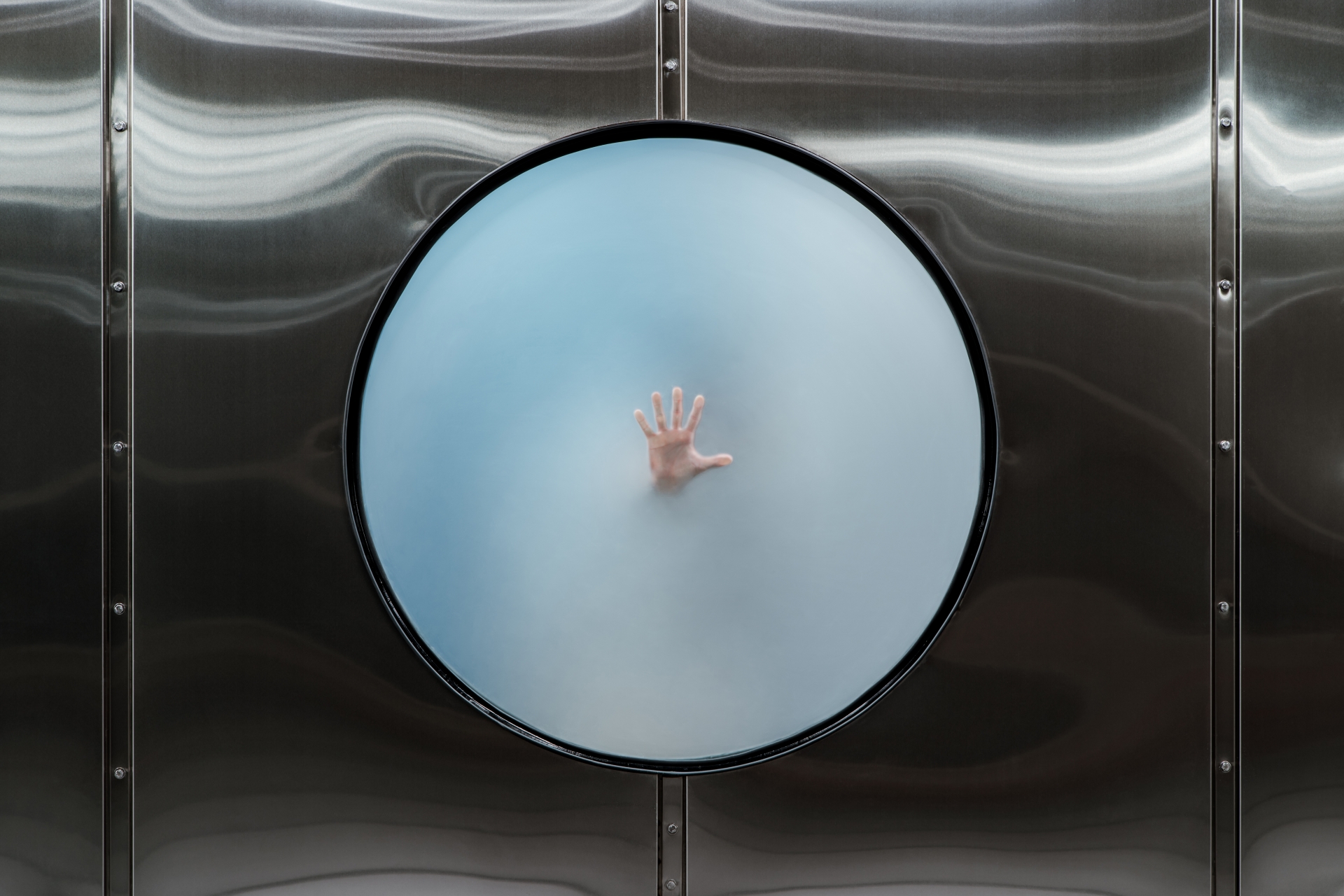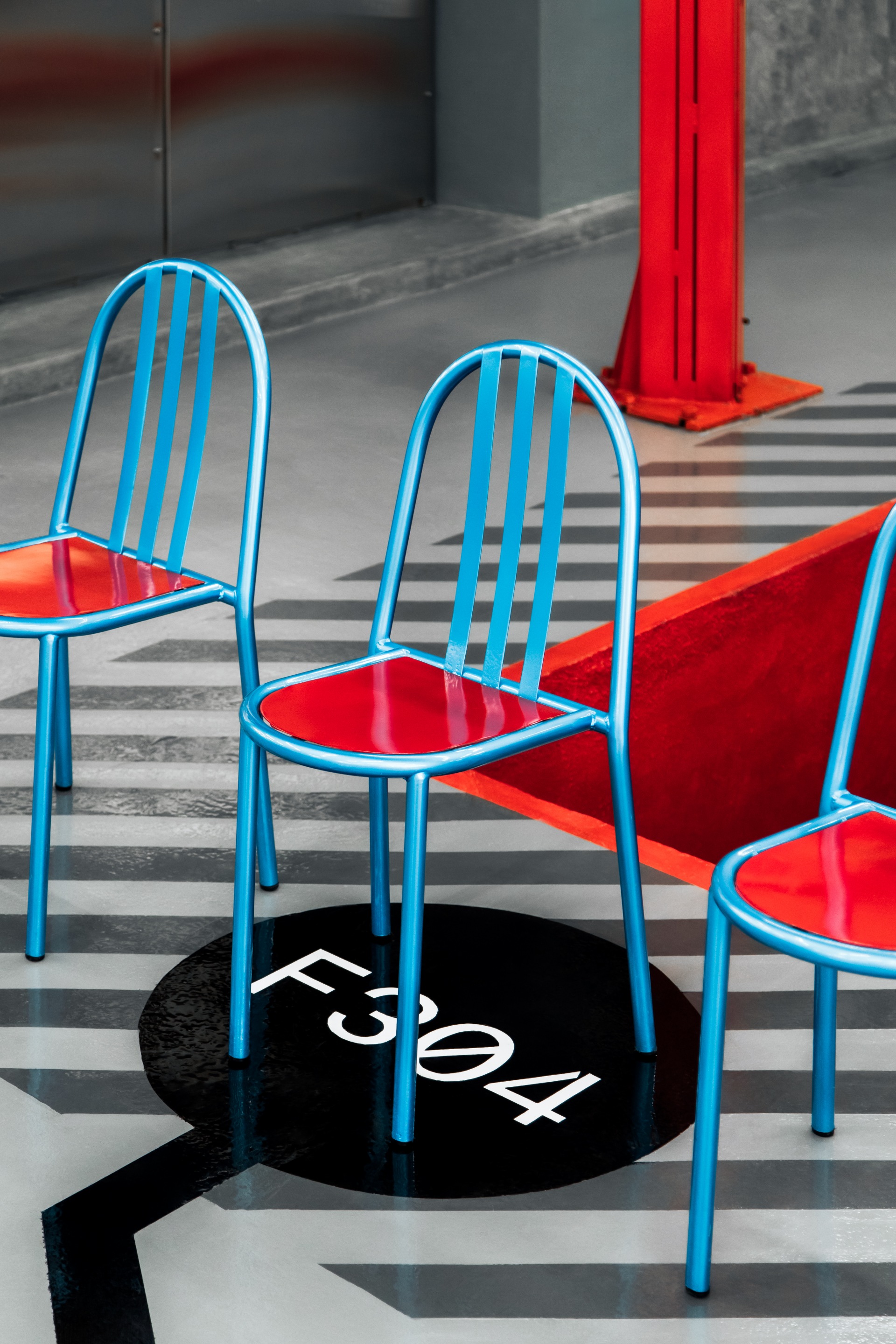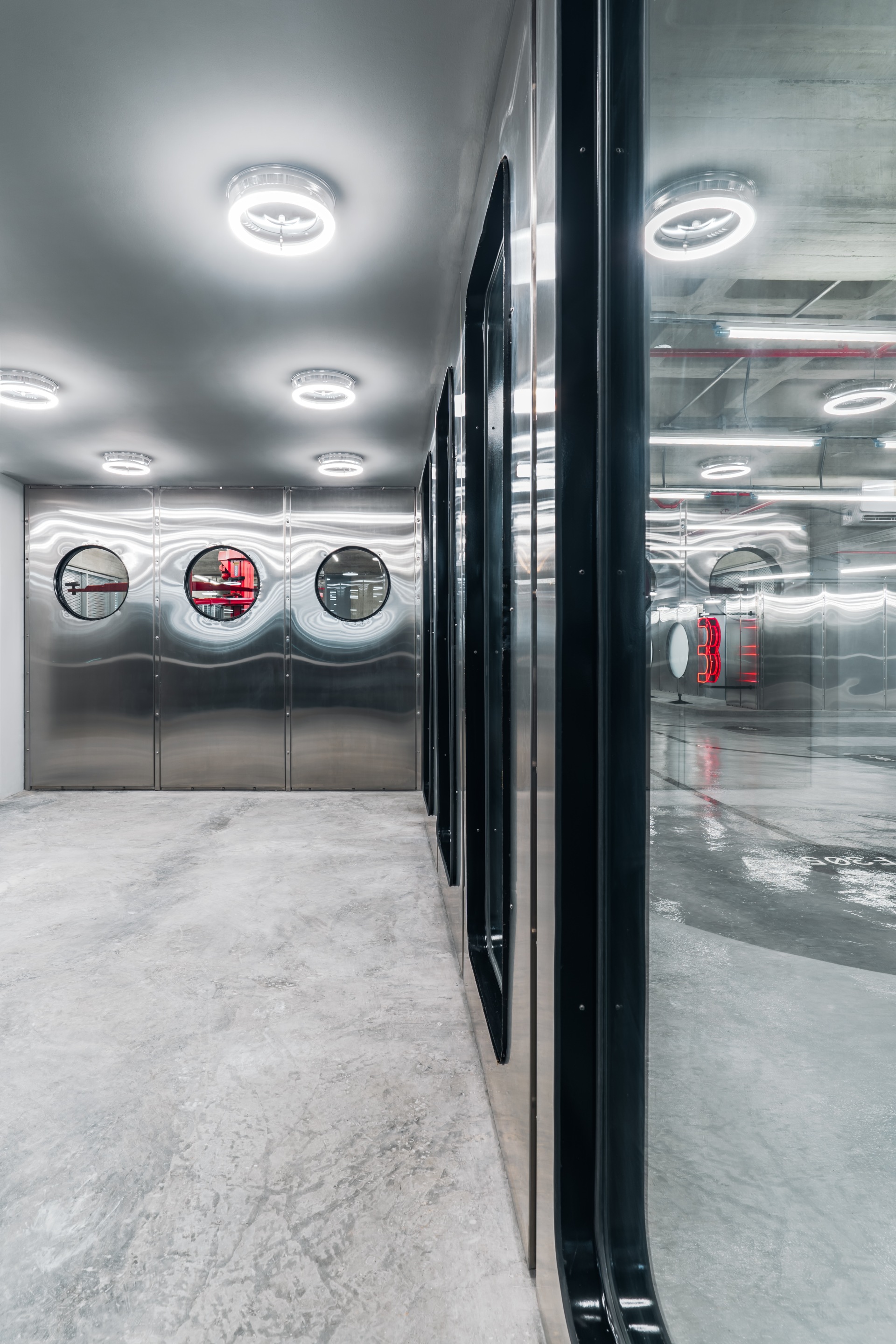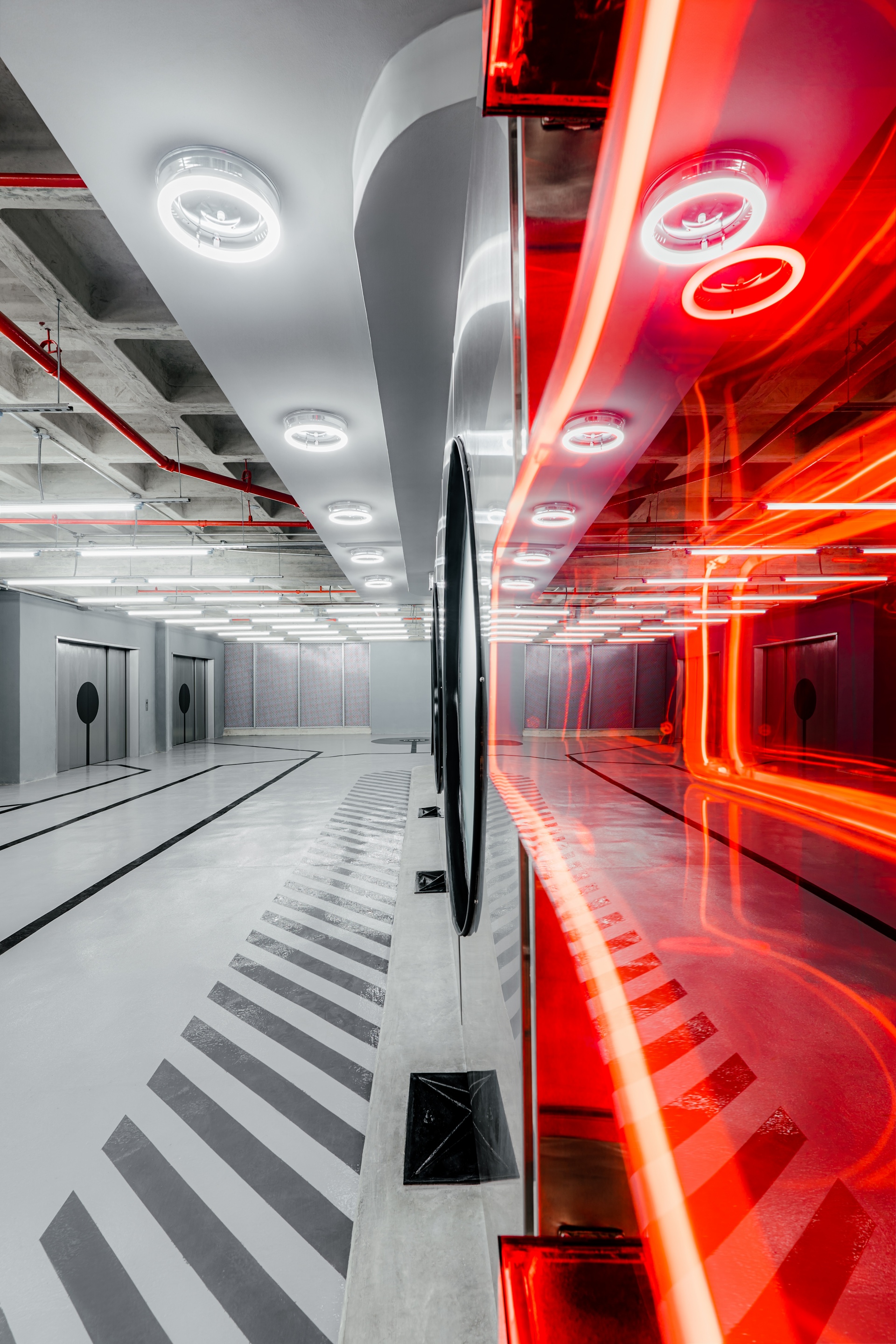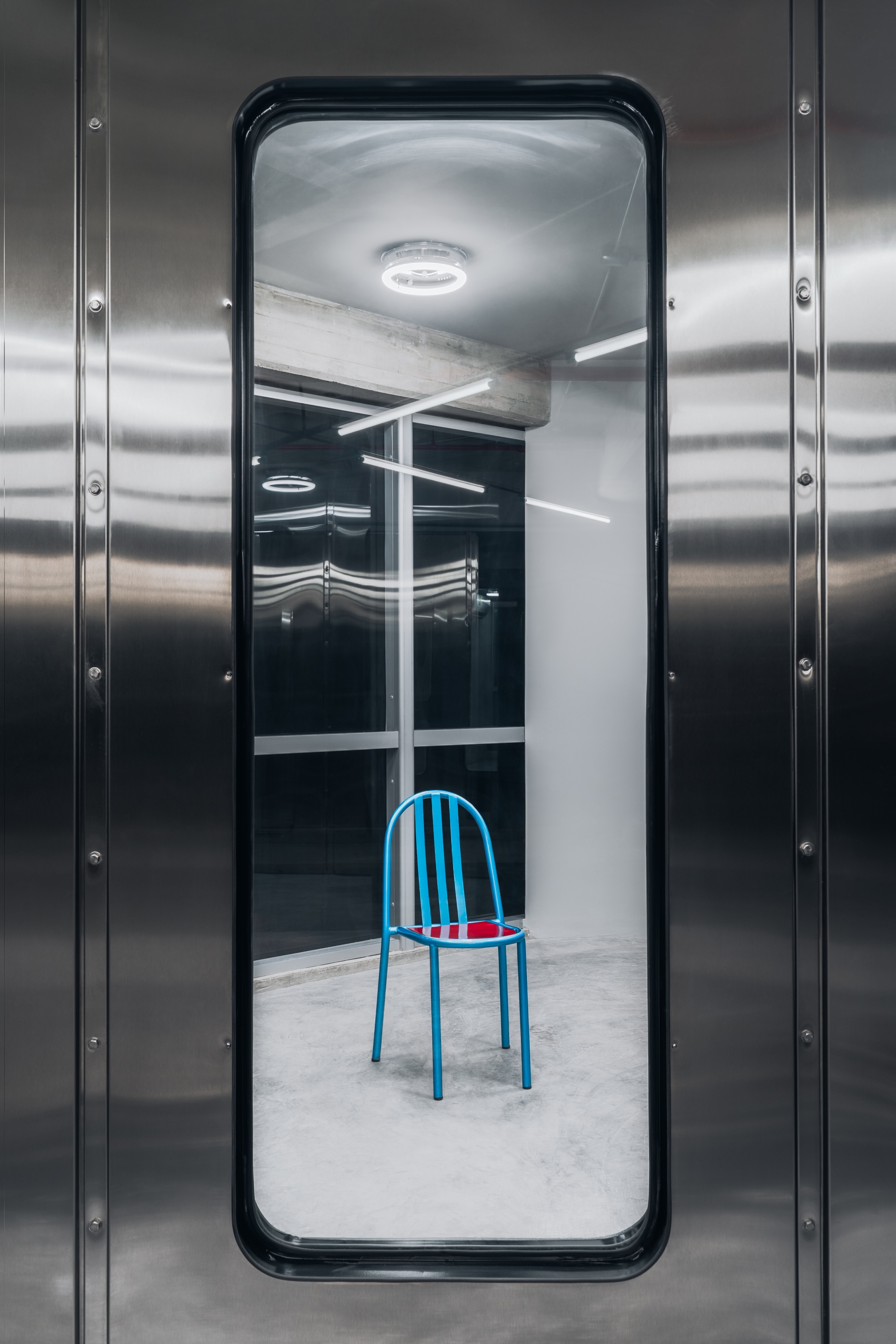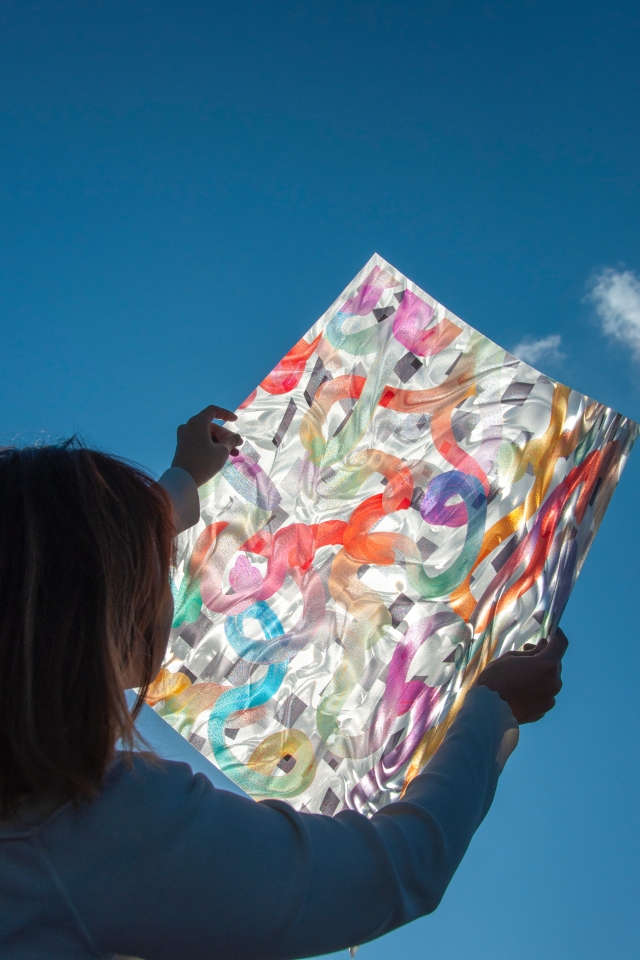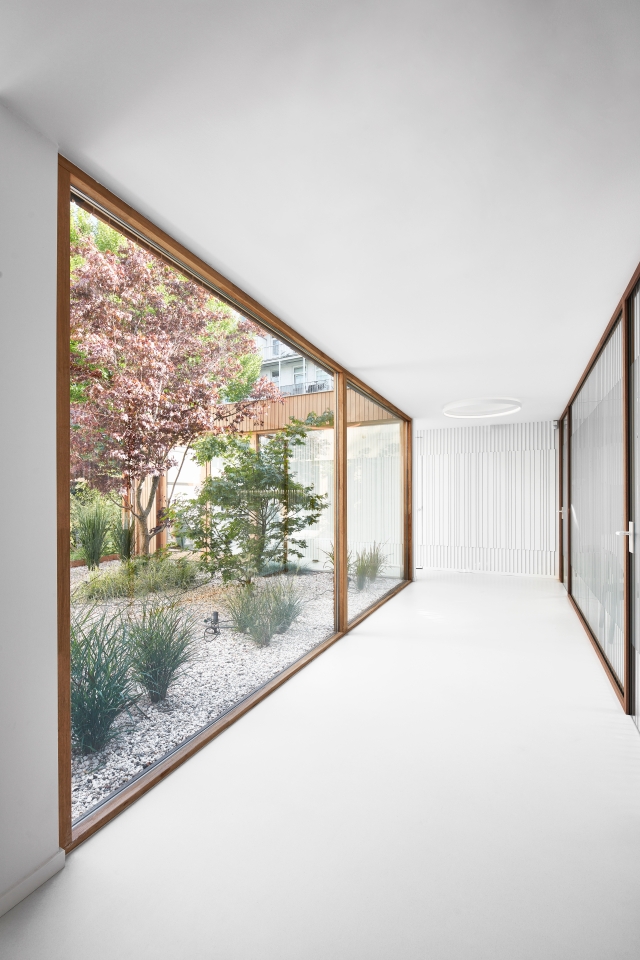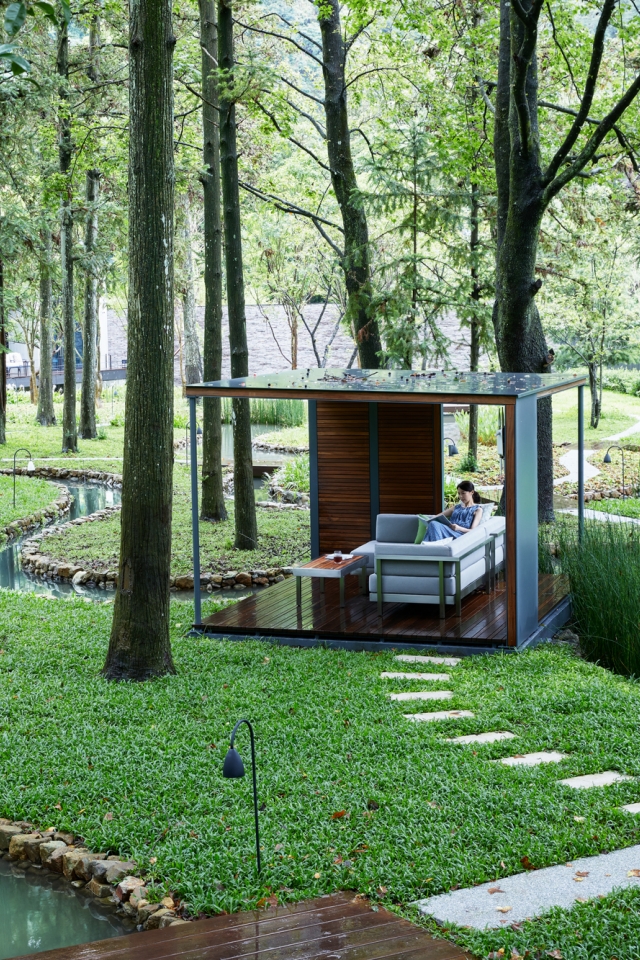Operating as a platform for formal, aesthetic and cultural investigation spanning architecture, furniture and fashion, Atelier Caracas draws strong influences from pop culture and everyday, as-found objects to create alluring spaces and objects as once humorous, thought provoking ang symbolically charged. Their work has been featured internationally in Domus, Arquine, Dezeen, Frame, Divisare, Elle Decor, AD and among other prestigious digital and printed mediums. They were also nominated for the Royal Academy Dorfman Award in 2019. We chat with their innovative founders, Julio Kowalenko and Rodrigo Armas.
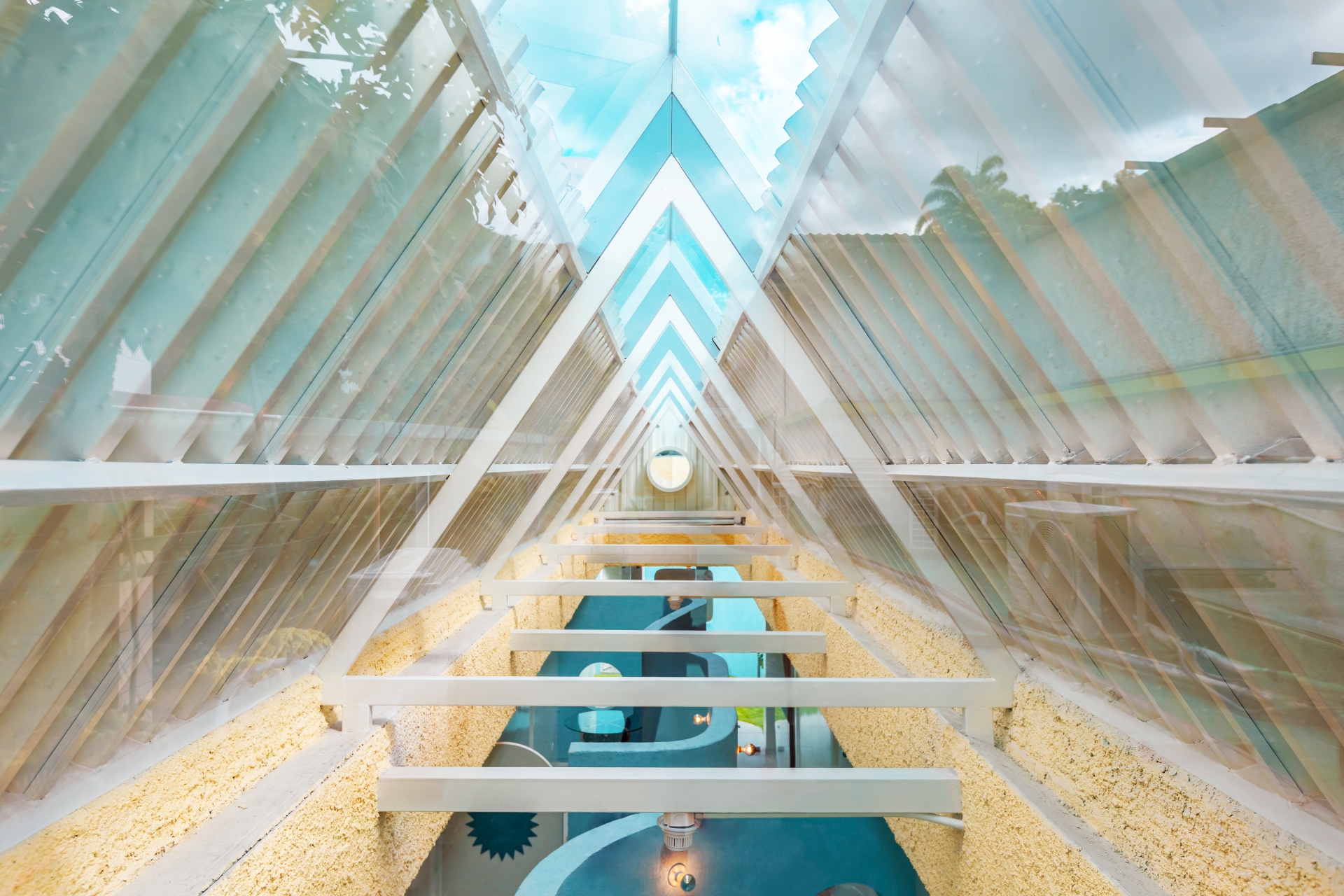
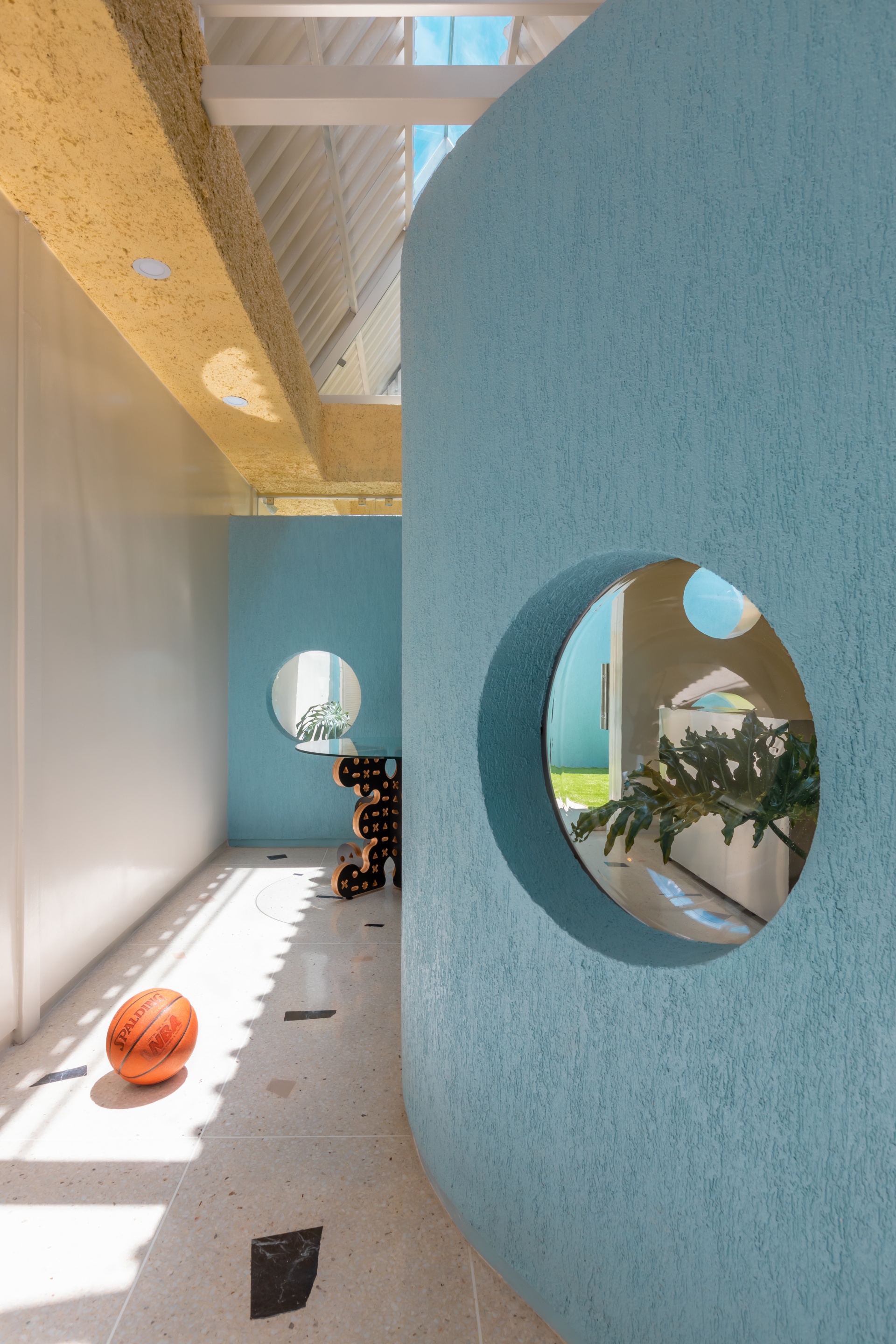
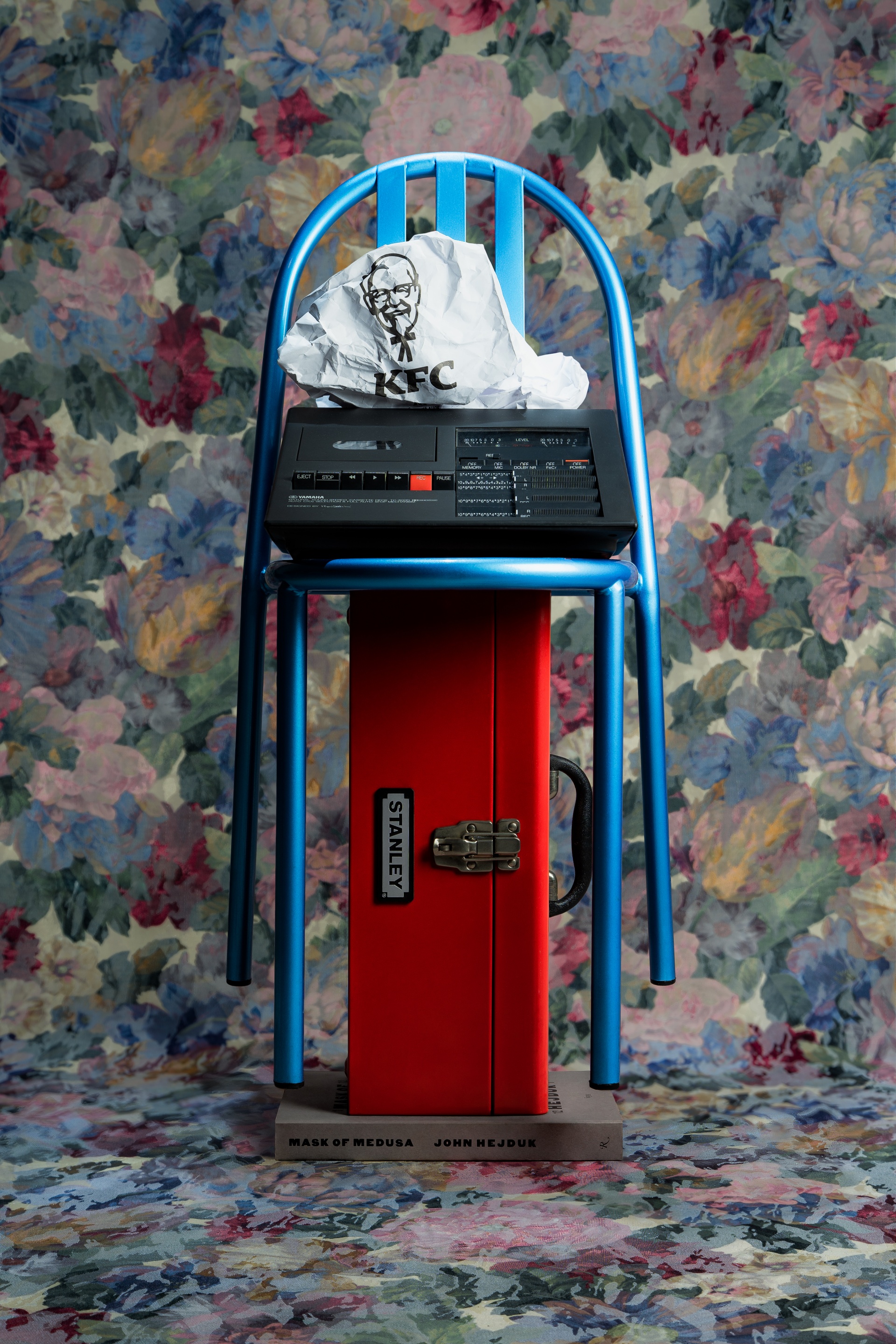
Can you briefly introduce how Atelier Caracas came into being?
Atelier Caracas started with Rodrigo and me (Julio) pretending to be architects. Rodrigo had just finished architecture school and I was currently in my last year when we decided to embark on a residential project in a very remote place in Venezuela. We made presentation cards and even inhabited an abandoned restaurant where we used to meet with possible clients, usually friends or family. There was some sort of energy that we implanted in our practice that projects started to appear out of nowhere and it all went downhill (uphill) from there. Atelier Caracas worked for a long time, as a sort of guerrilla design practice, making small projects that could serve as a platform for experimenting with our spatial and architectural ideas.
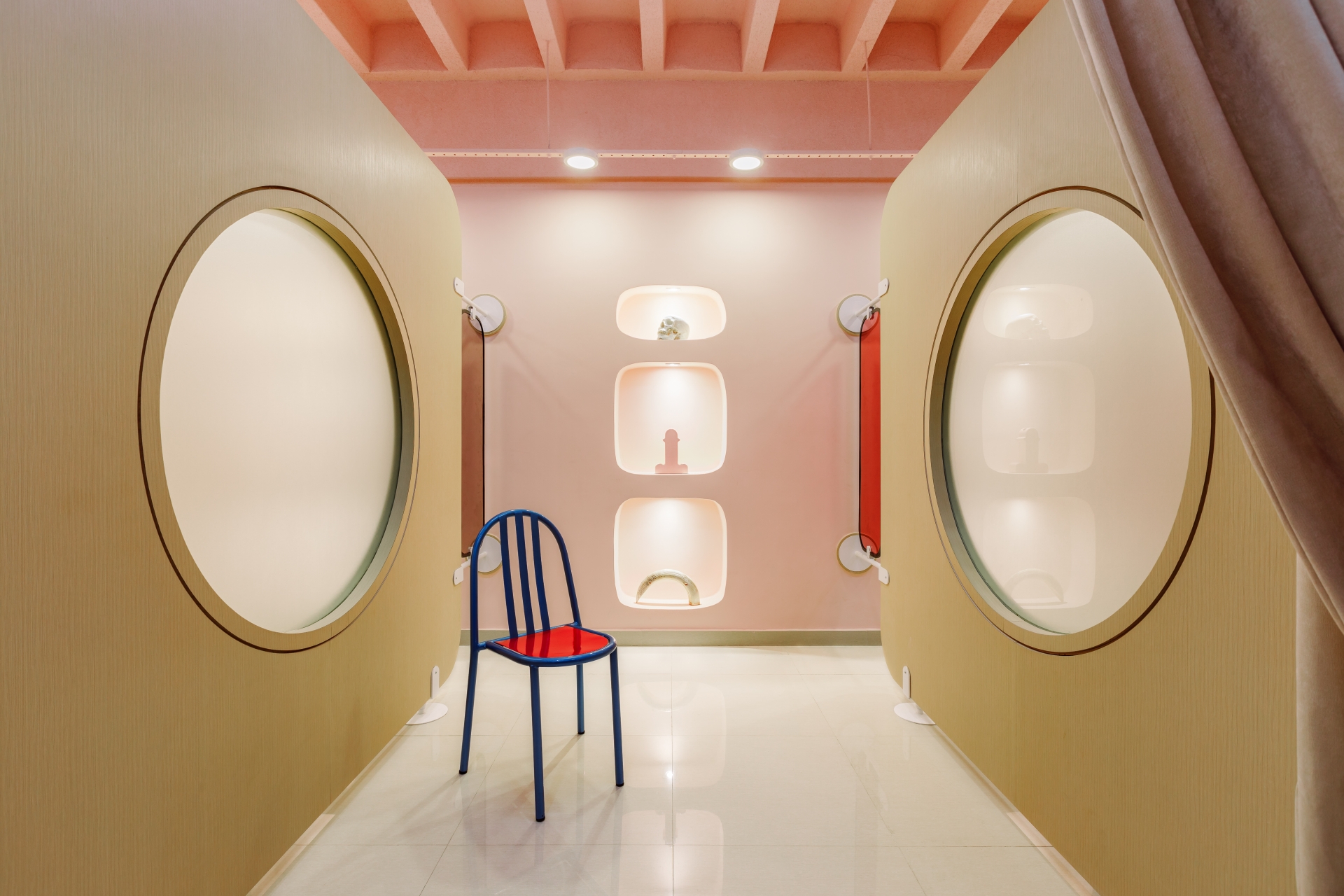
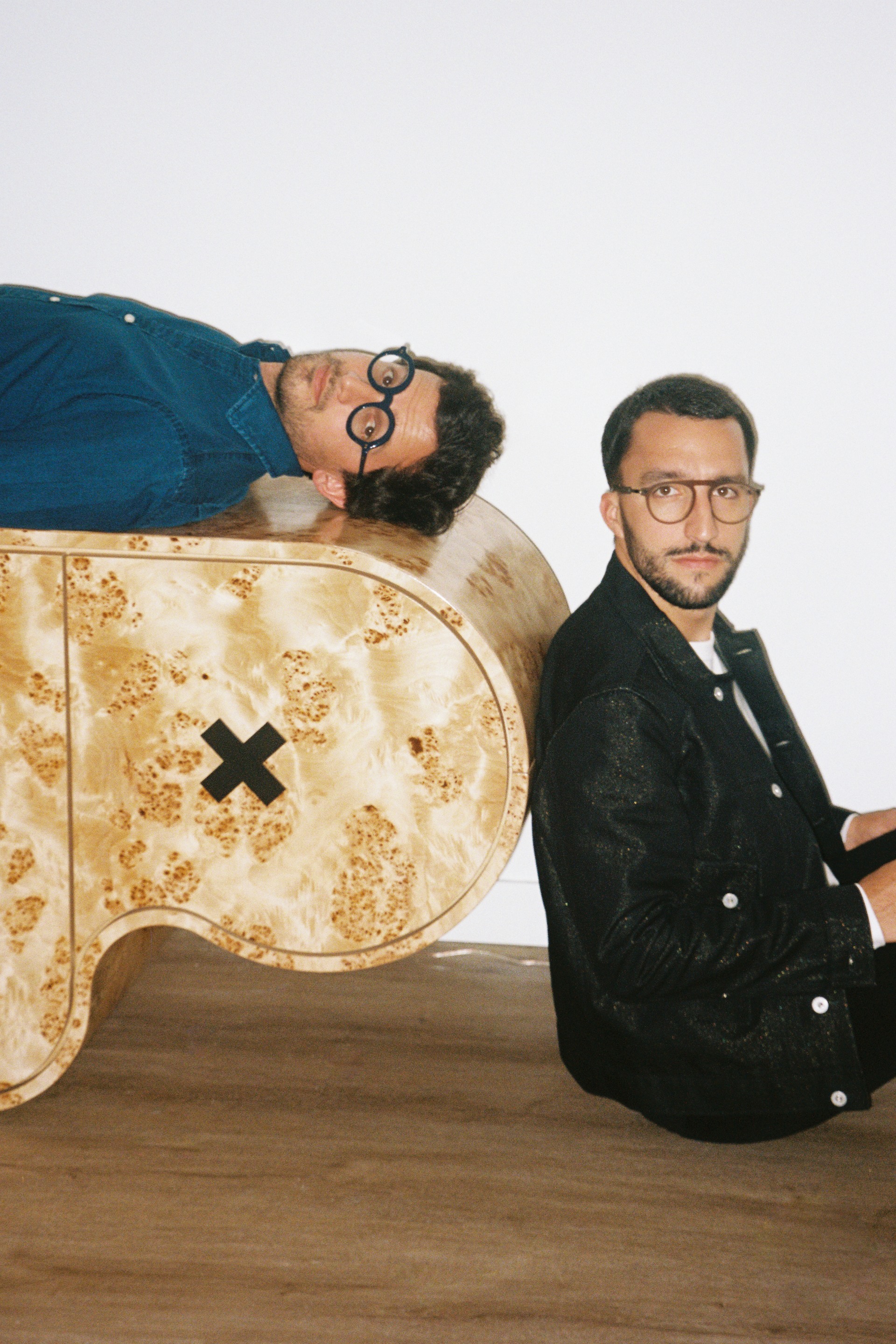
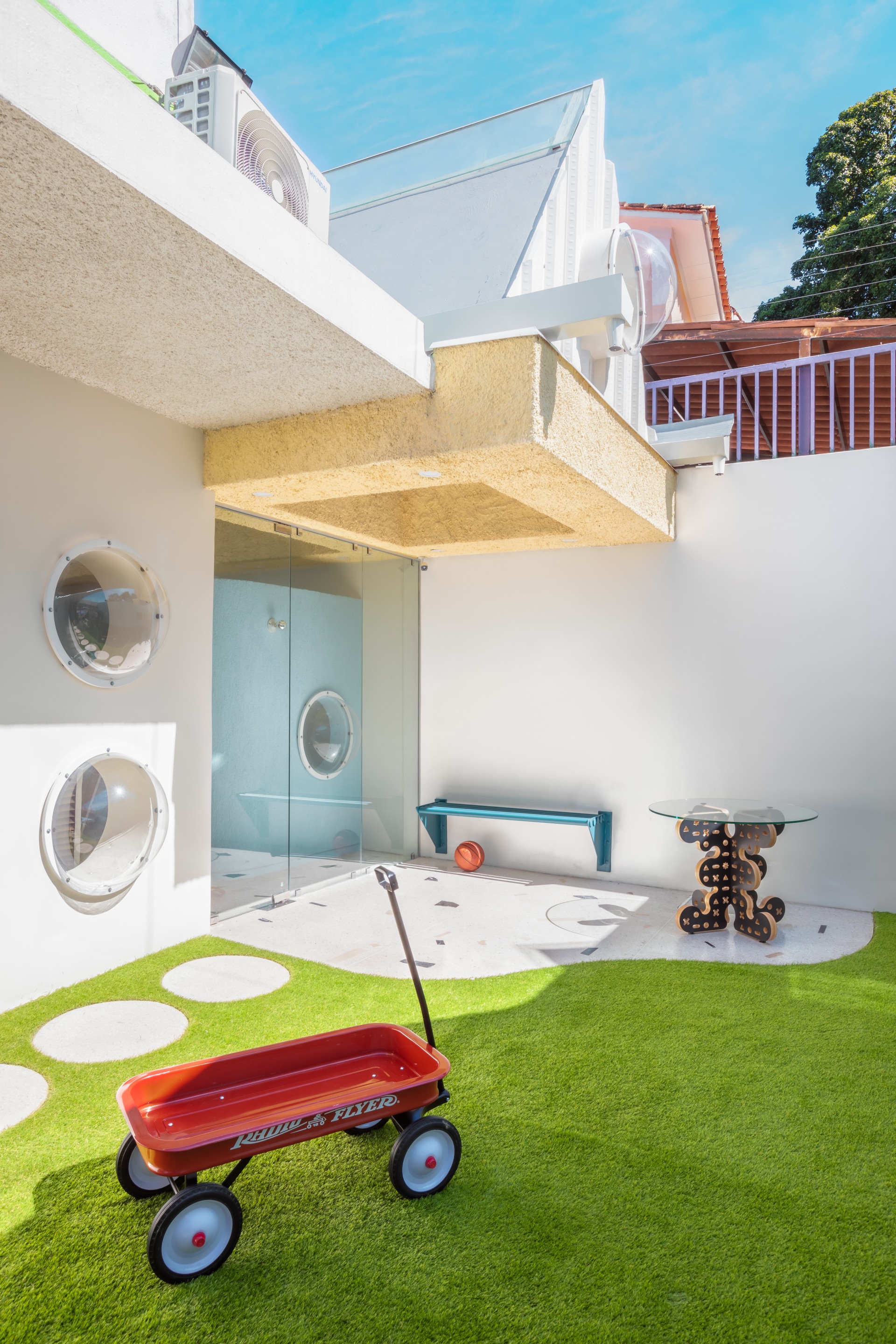
How do you achieve the effortlessly eclectic look of your atelier? How does your workspace shape / inspire the way you observe and create?
We understand our workspace as an ever-growing archive of things; objects, design classics and pop memorabilia that we usually deconstruct and utilize as a starting point while designing something. Be that a Richard Sapper lamp or a Doraemon toy. We like to think of our design process as a clinical procedure, a method in which we collect, dissect, and furtherly transmute our archives and ideas into something new.
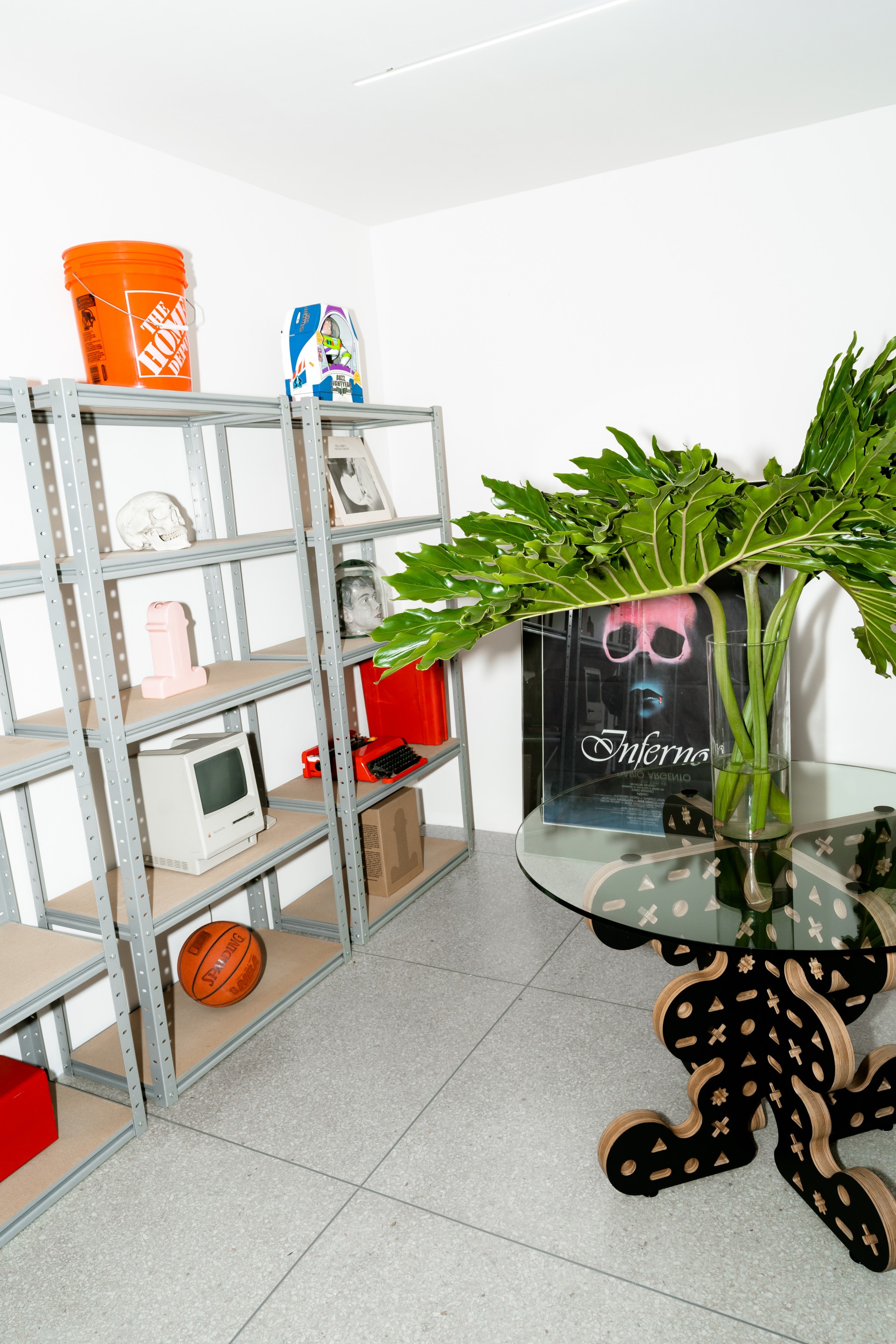
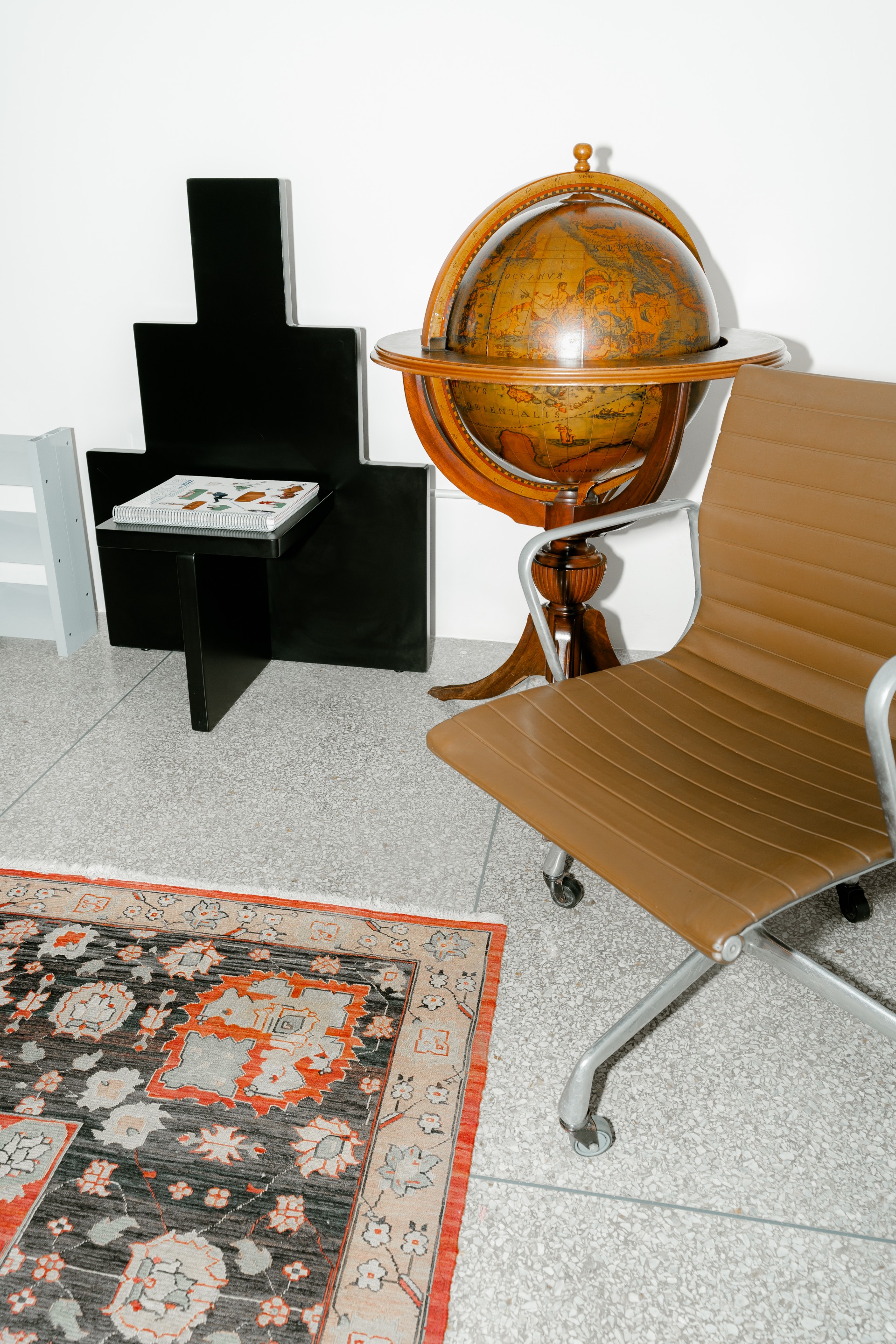
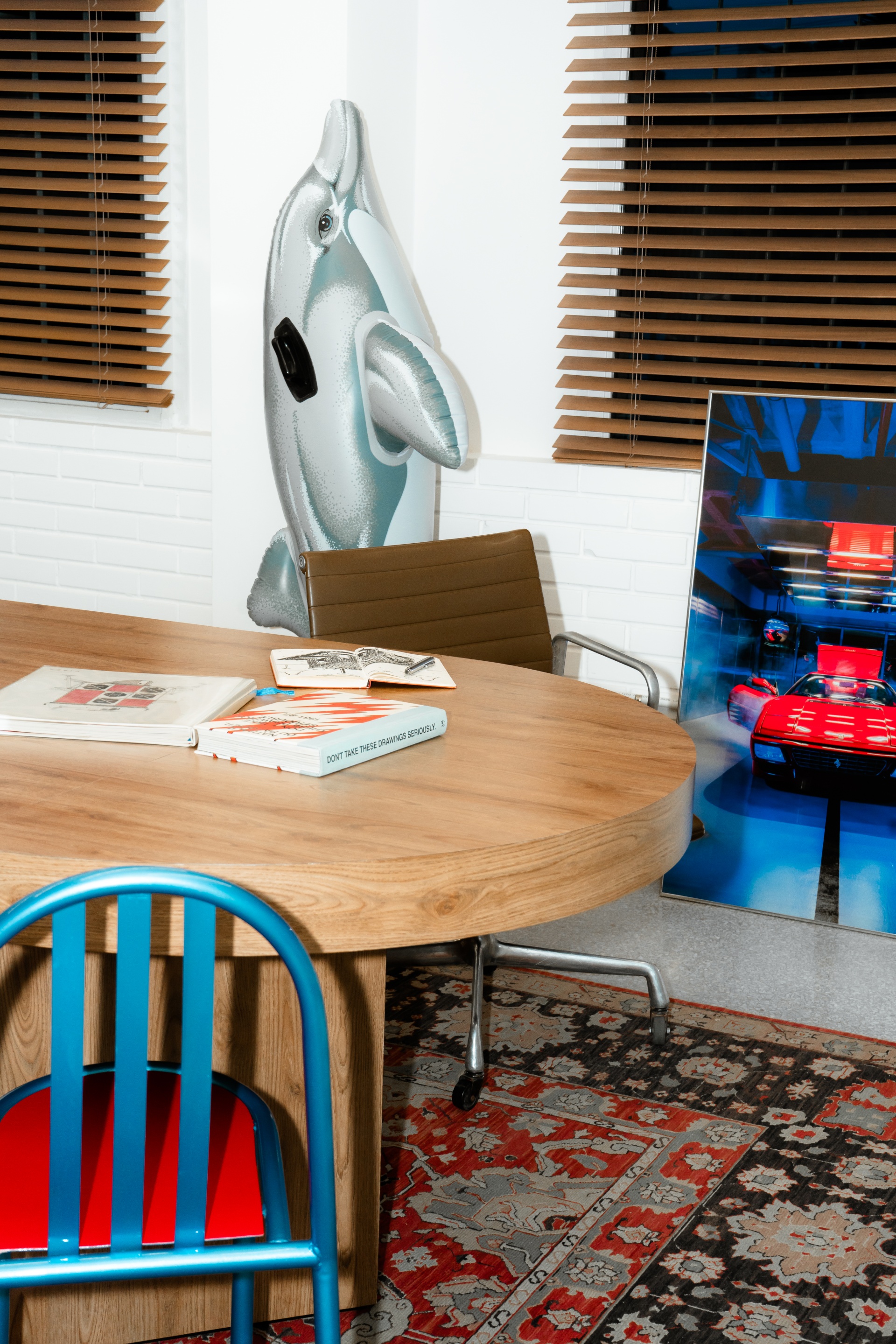
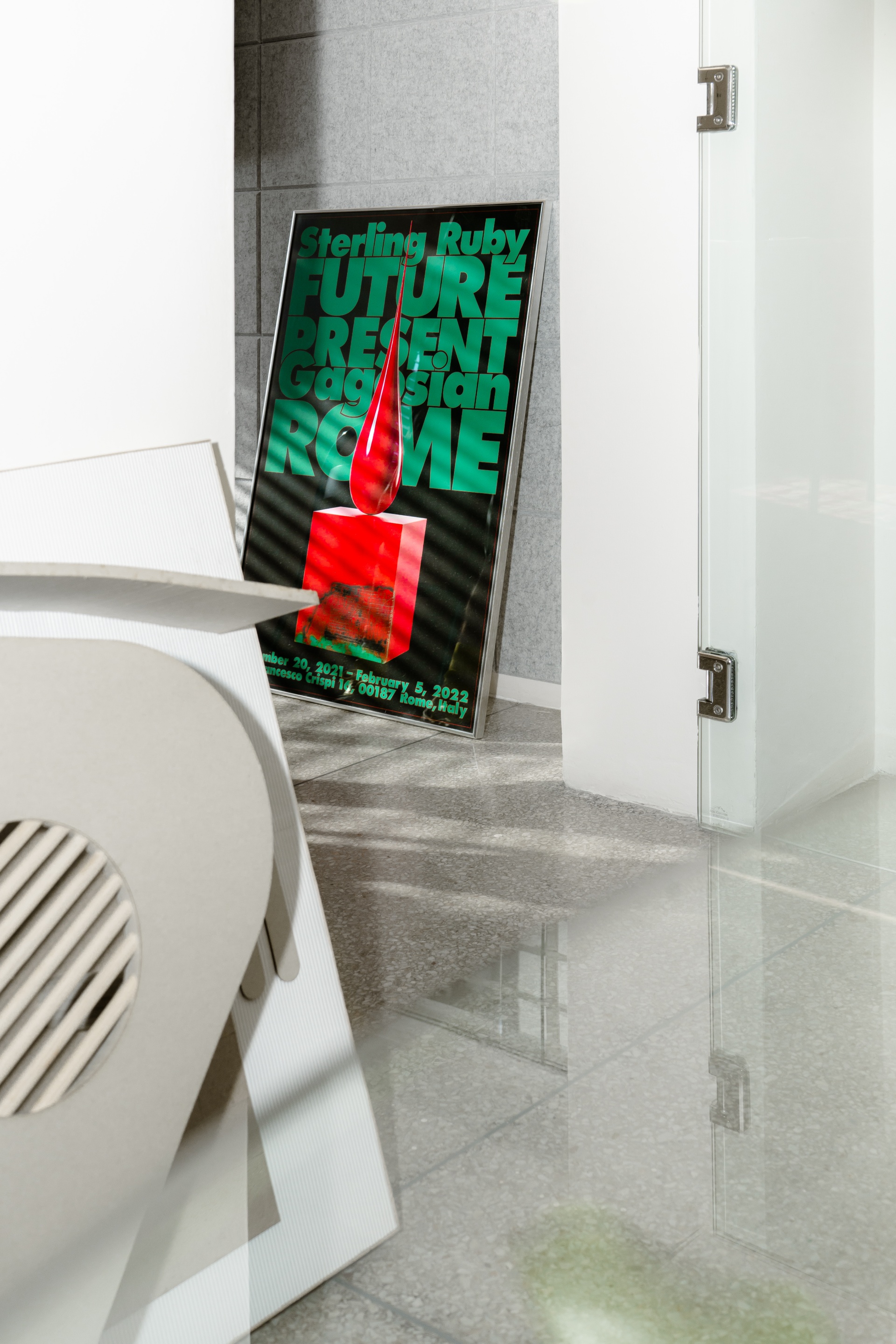
What’s your take on opening up a cultural dialogue between different realms?
For us, it is everything. Trained as architects we’ve always been dissatisfied with gravity and architecture’s unbending nature. We publicly like to state that Atelier Caracas embraces architecture as a medium and not an end, and this ideal can materialize itself on architectural projects or creative manifestations that transcend to the realms of fine arts, cinema or even fashion.
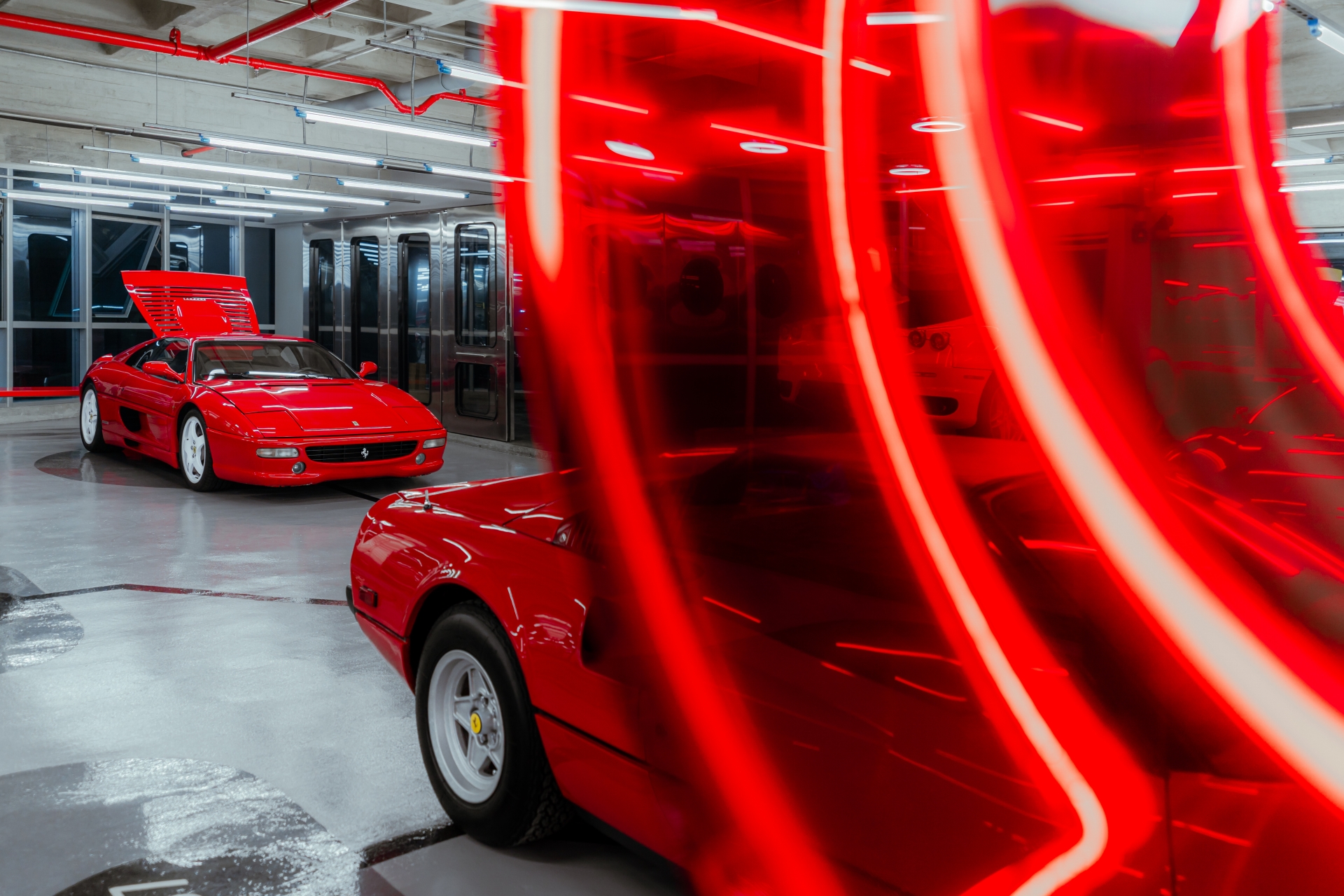
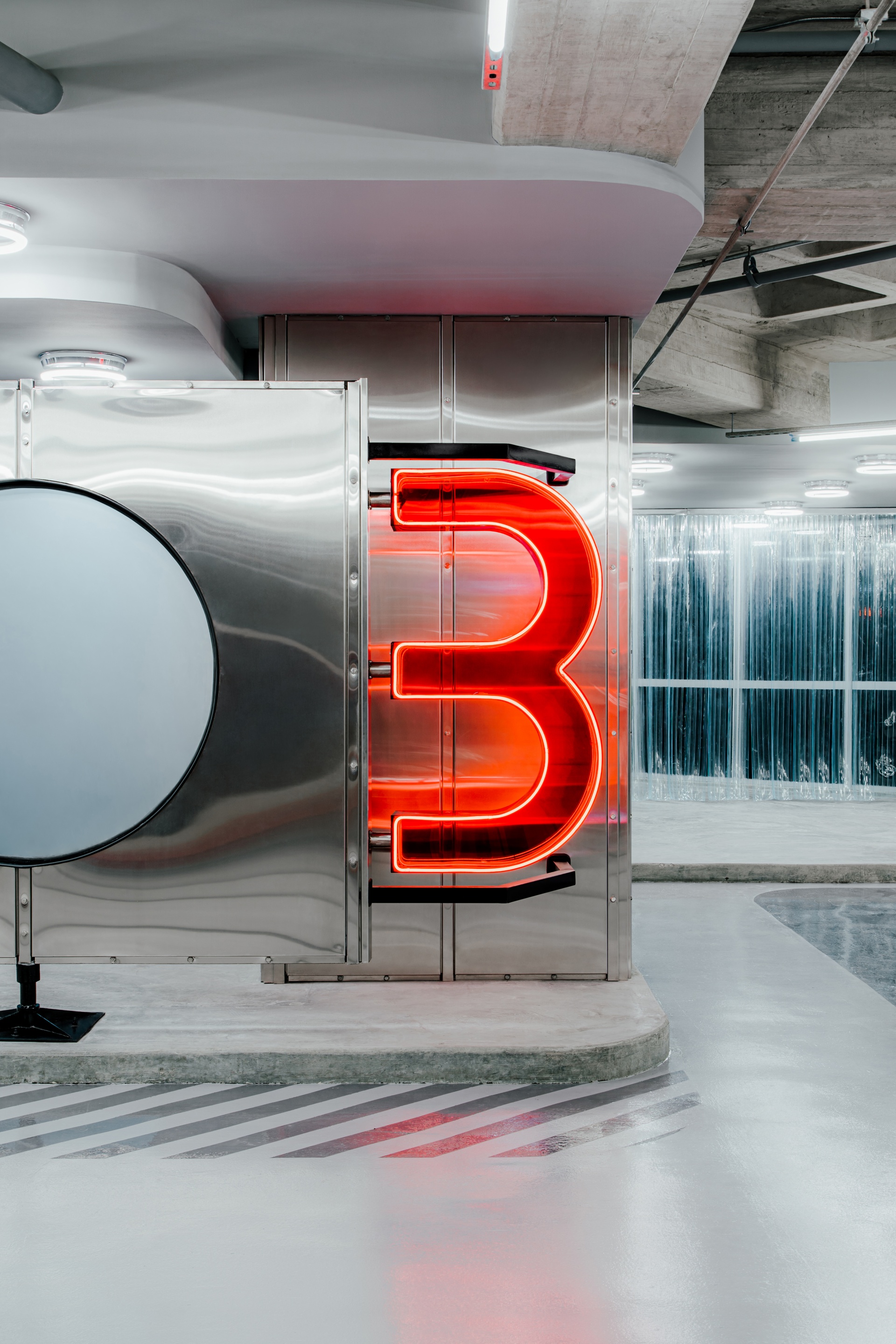
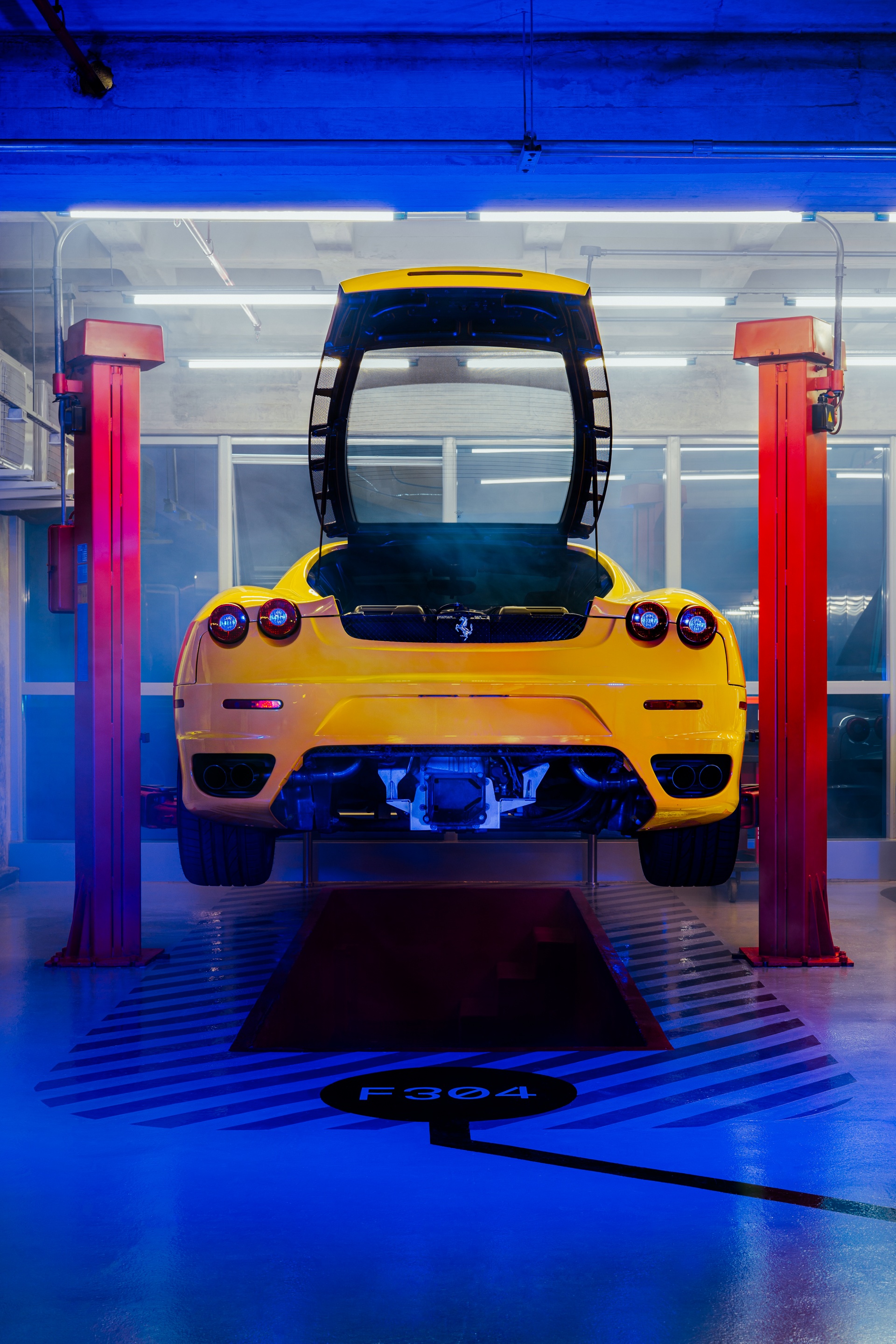
What are some of your design hallmarks across your projects?
Although our architecture is, aesthetic wise, strident and colourful, we don’t see our aesthetic inclinations as our design hallmark. For us it's all about how things are joined. We both share an affinity with industrial design, and if our projects share something, it will have to be the rigour in which the parts are attached to the whole. Be it a credenza or a five story building, all scales are meticulously conceived and resolved.
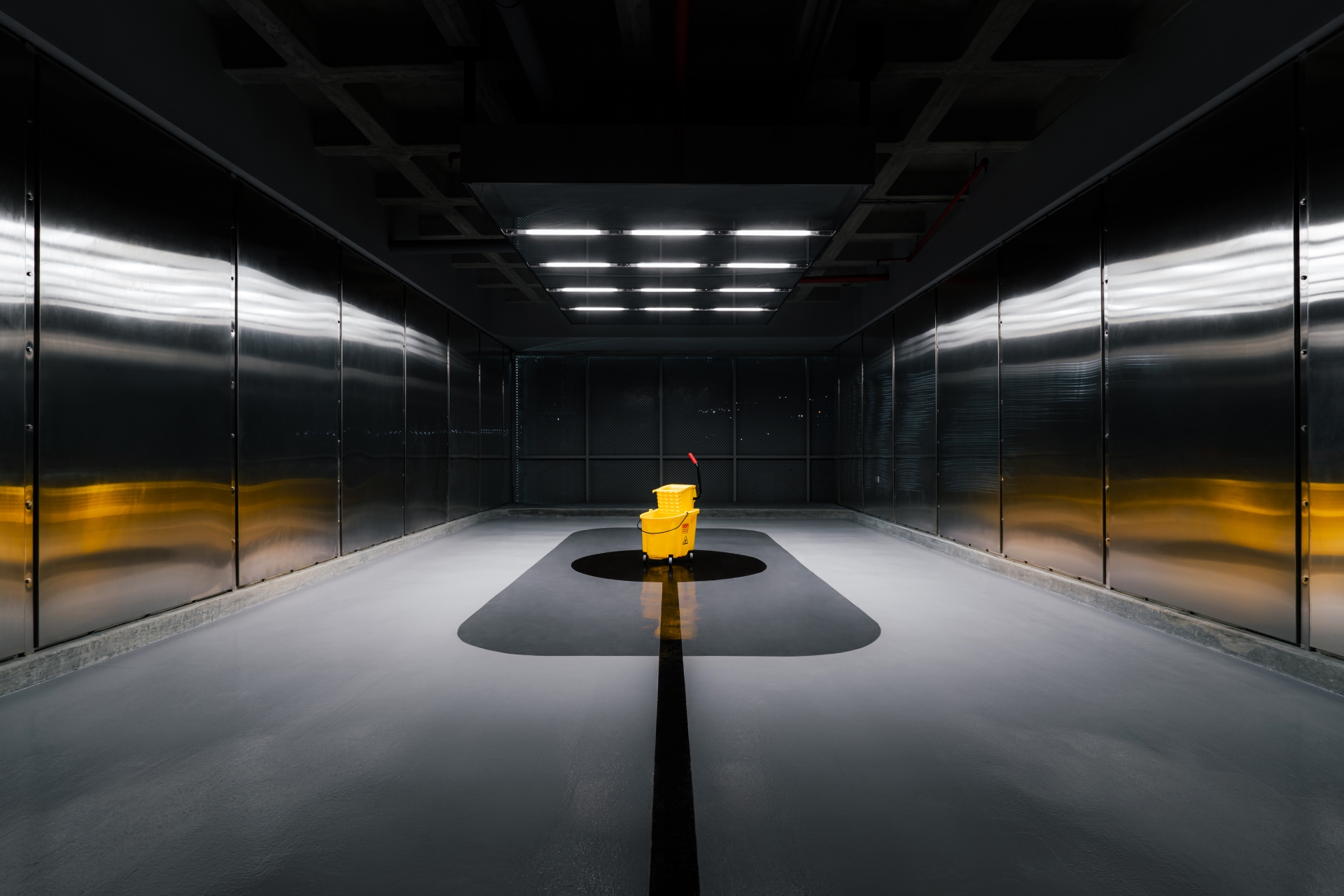
What architects and designers do you draw inspiration from?
Raf Simons, Agustin Hernandez, Jan Kaplický, Pedro Almodóvar, Nanda Vigo, Frank Gehry, Donald Judd, Ricardo Bofill, Ed Kienholz, Richard Rogers, Mario Bellini, Wes Anderson, Ant Farm, Aldo Rossi, Jeff Koons (80s), Eric Owen Moss, Gae Aulenti... the list goes on!!
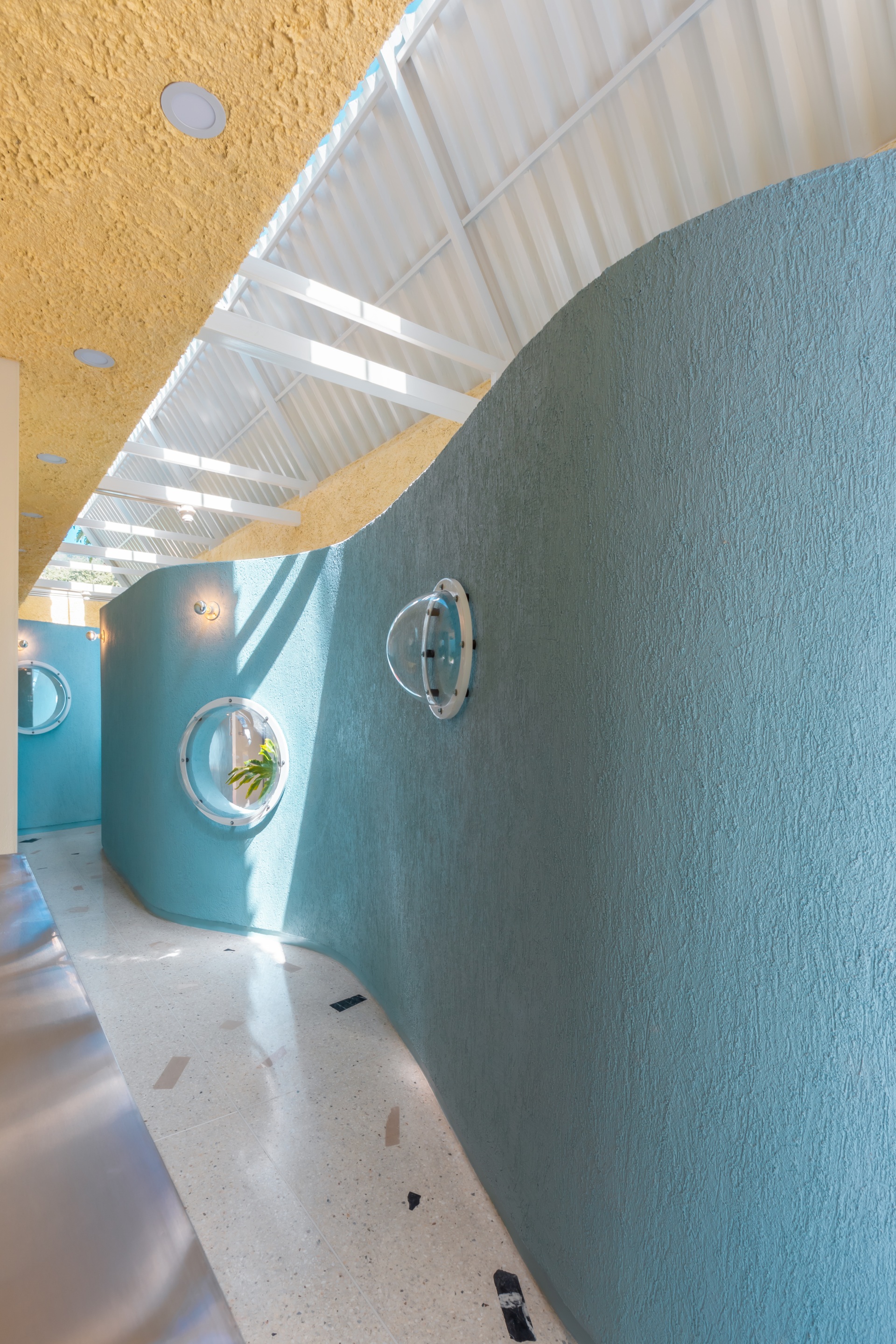
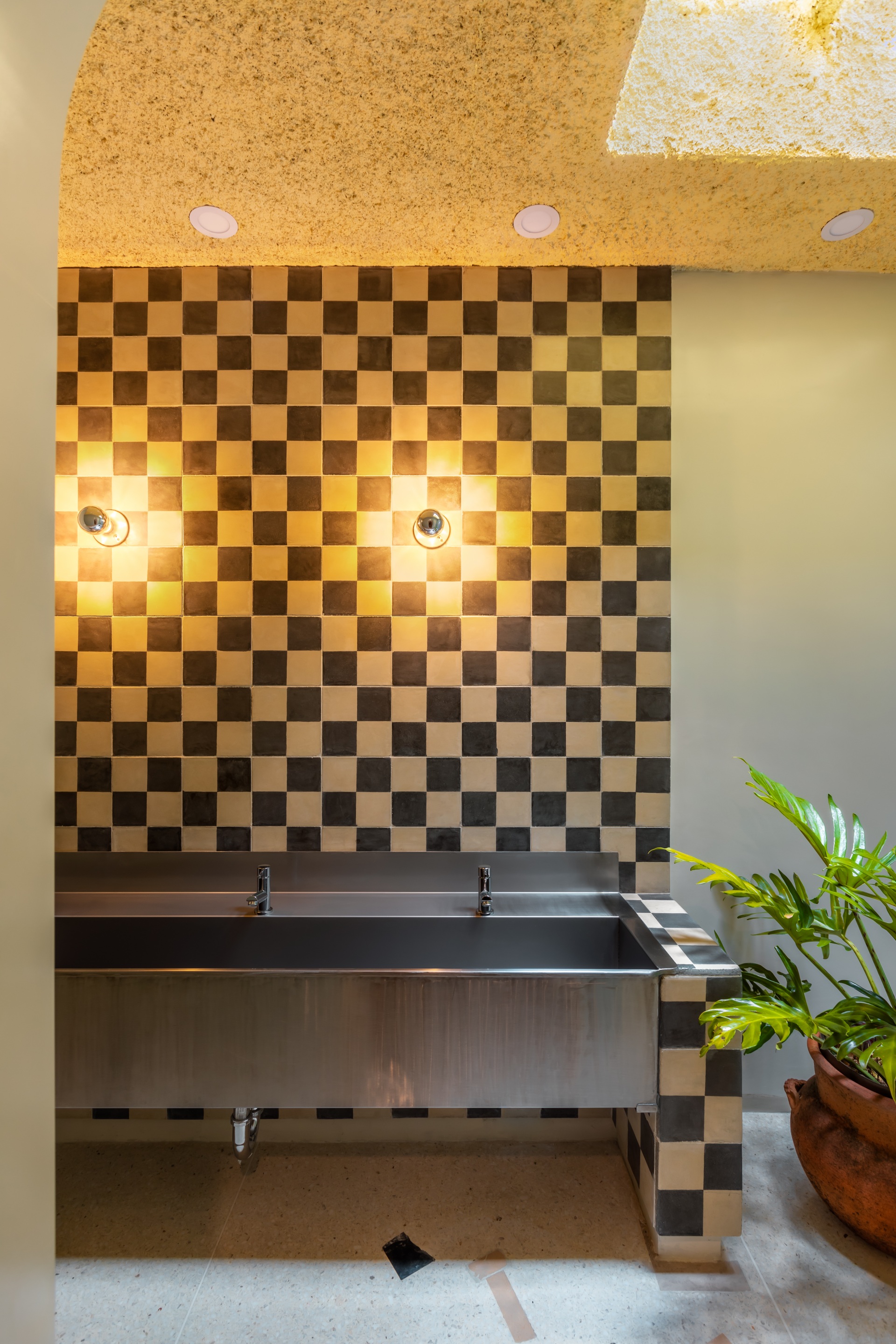
What’s the key to disrupt common understandings and preconceptions while avoiding going overboard and disturbing users’ senses?
Common understandings and preconceptions usually come from aesthetic impulses and not from architectural ends. We like to think that architecture should make people feel uncomfortable in some sort of way. By pushing people out of their comfort zone, one can really redefine humans’ relationship with form, space, and scale. Monotony and routine can, sometimes, cause a stagnant state of contentment, and this is what we like to disturb through our designs.
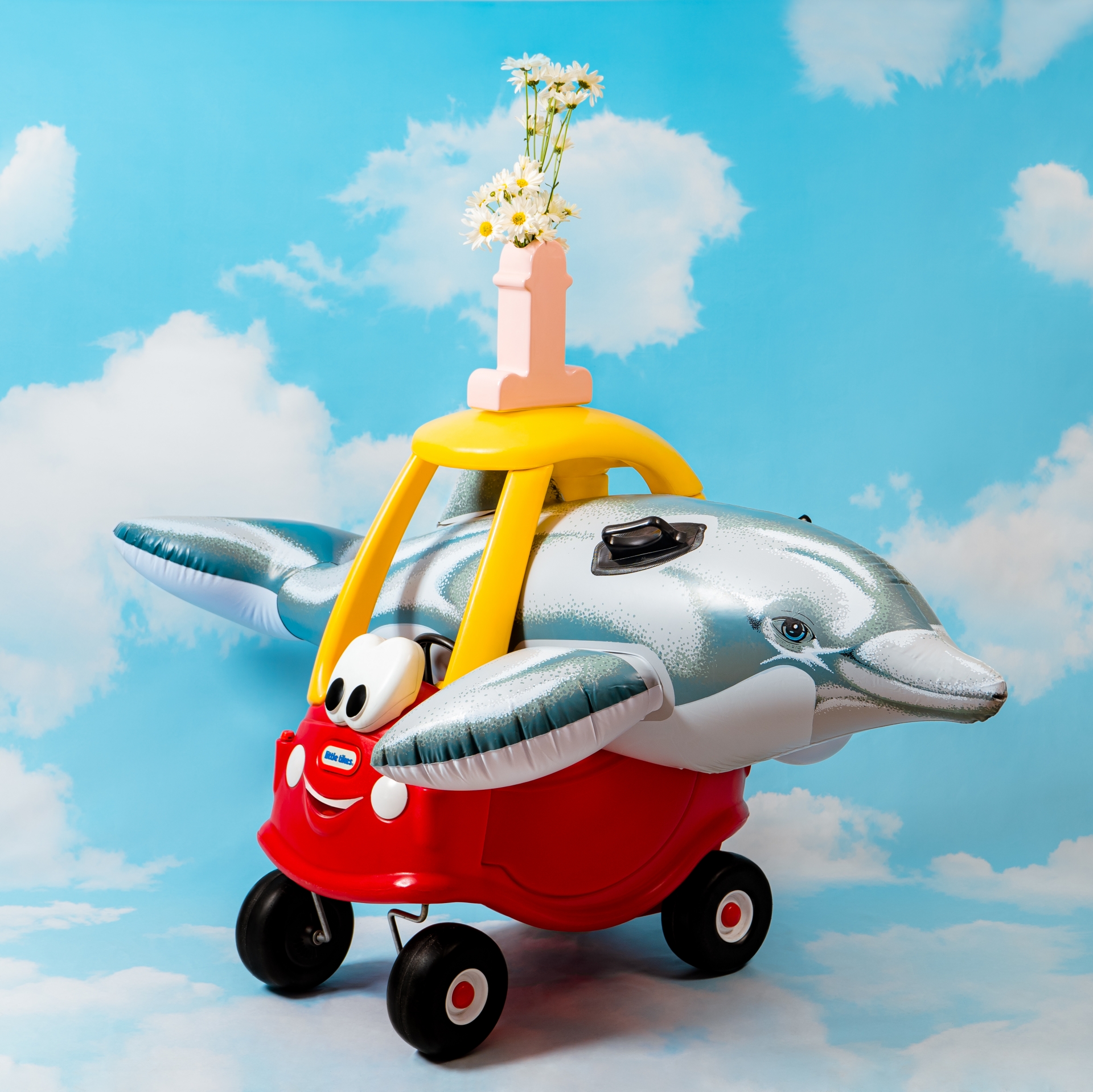
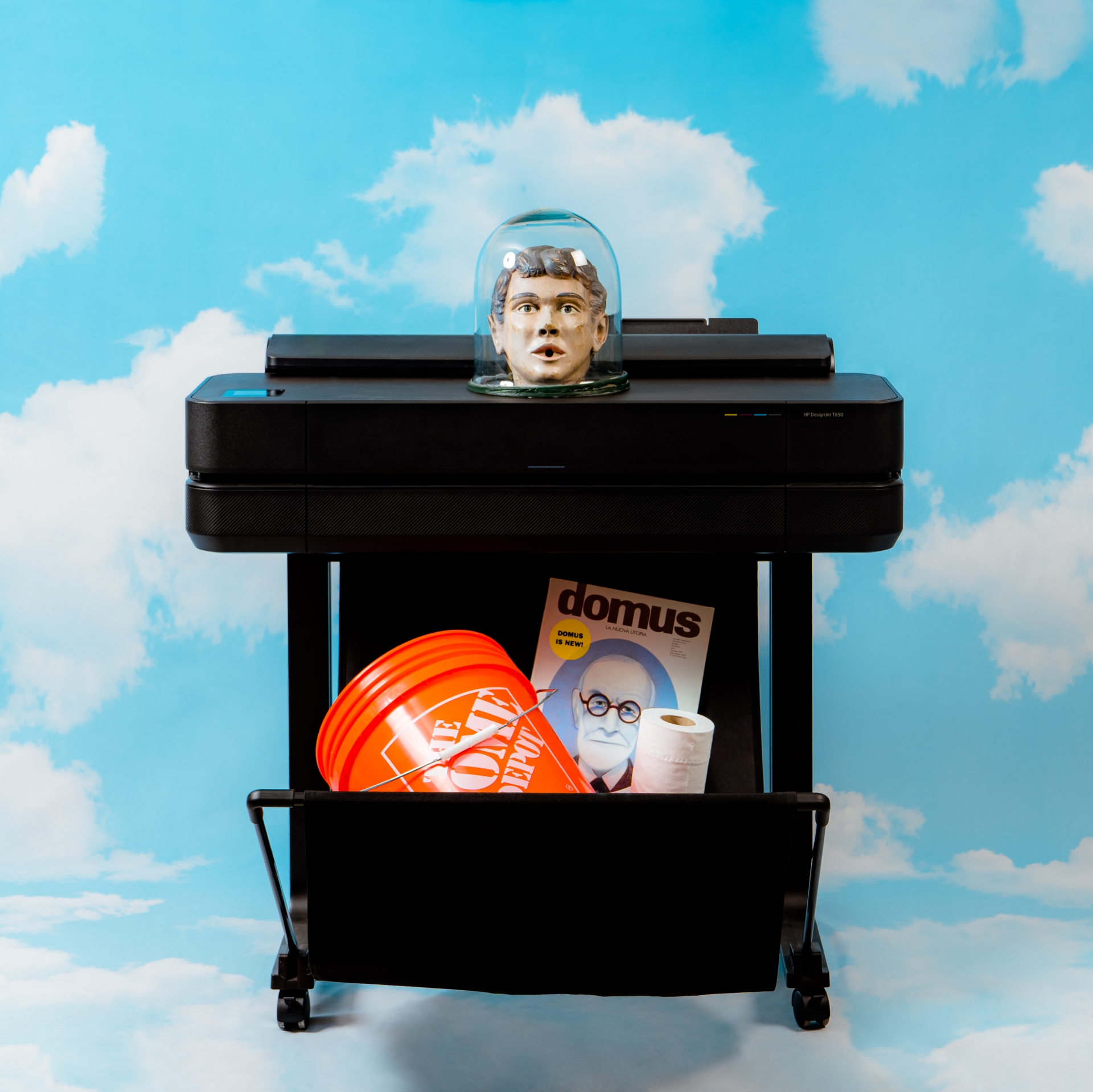
What exciting projects are you working on at the moment? What can we look forward to next?
This year we will be completing our first “from scratch” buildings in Caracas, Venezuela; a five story commercial building, an undercover Hi-Fi Bar, and our first residential project are currently under construction. Also, our second collection is currently being prototyped and we will be launching it by the end of this year.
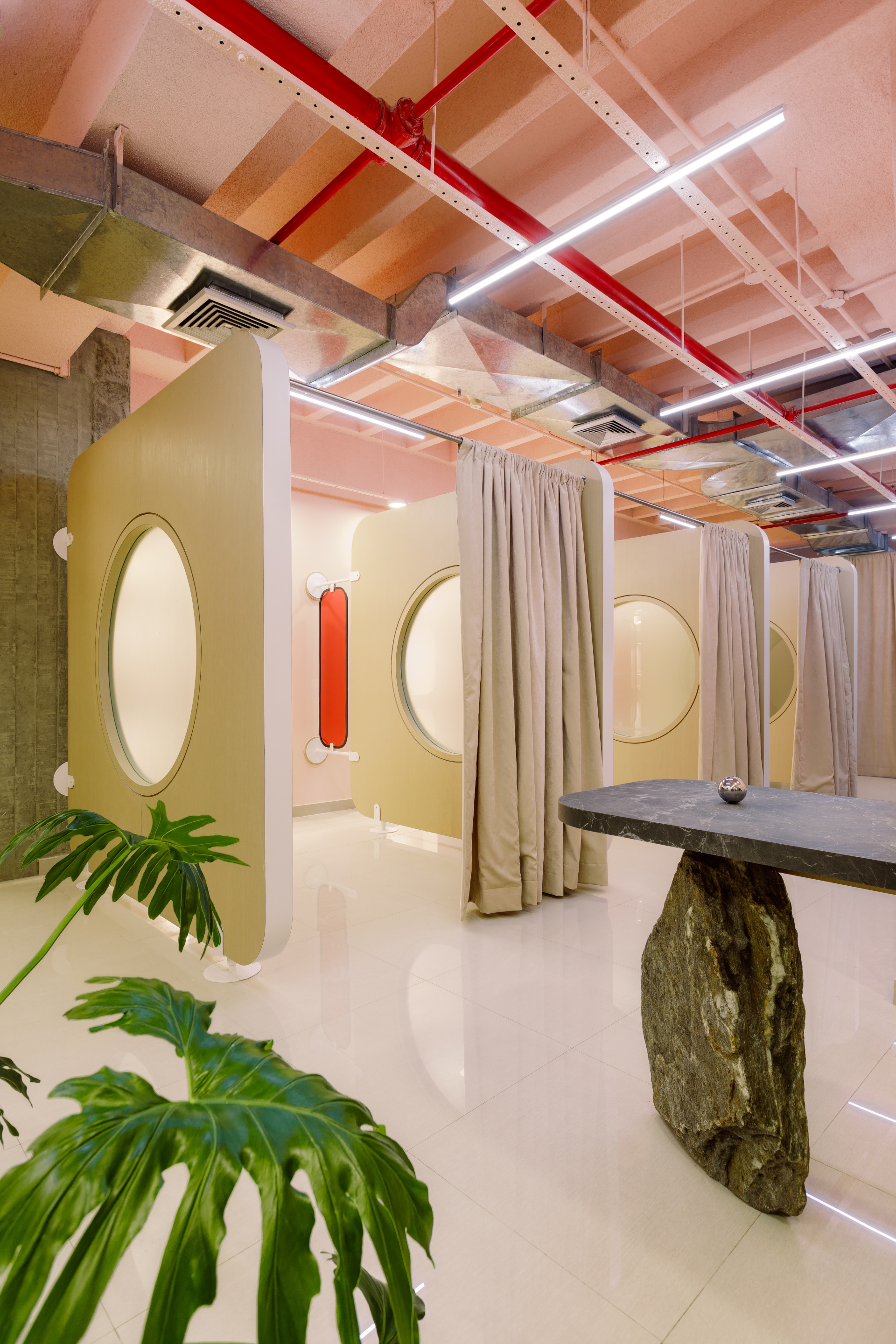
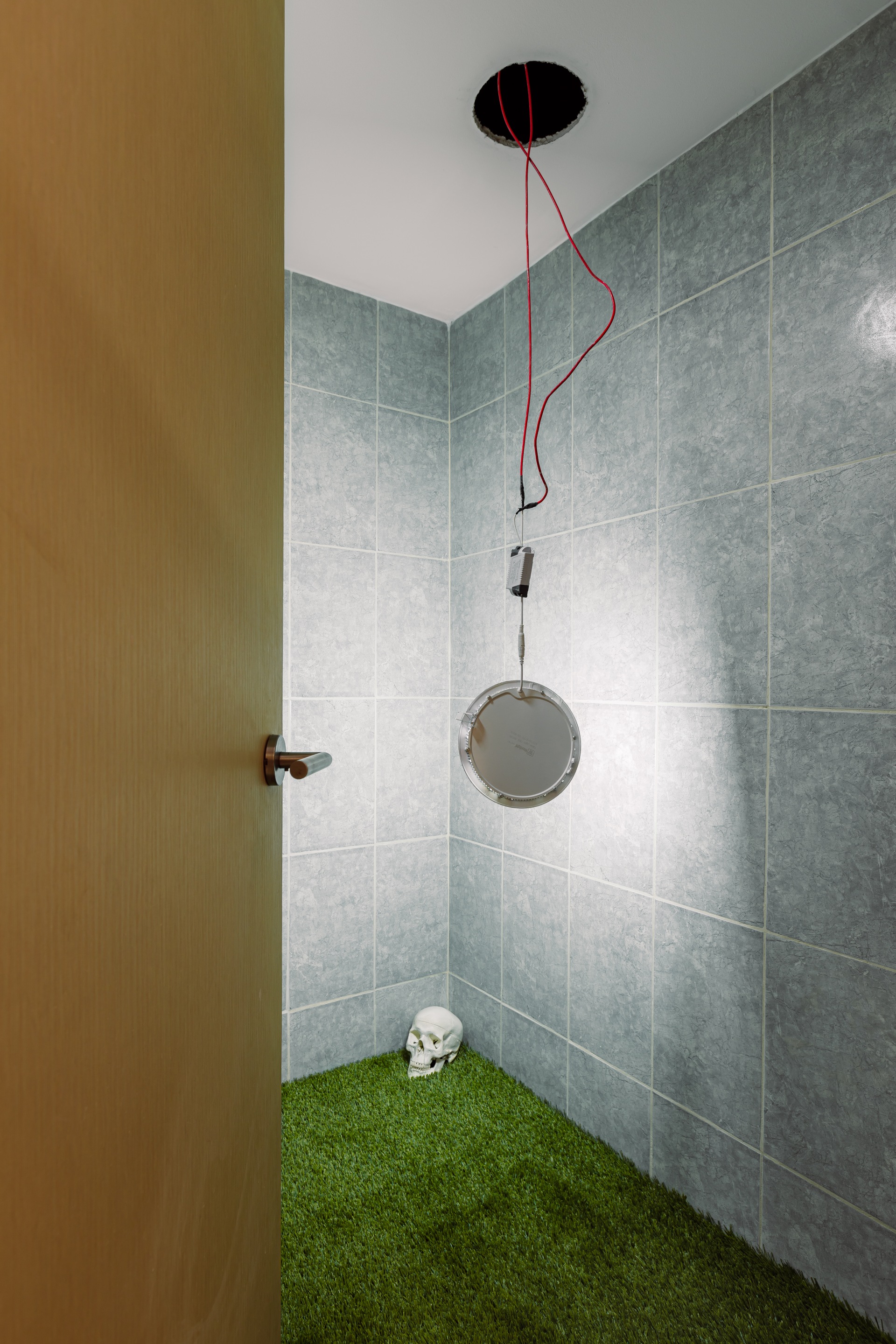
What are your favourite galleries and design stores?
The Home Depot, Dover Street Market, Side Gallery, Dia Art Foundation, Nilufar, Azul Tierra, Fondazione Prada, IKEA, Spazio Maiocchi, Rubell Museum, among others!
